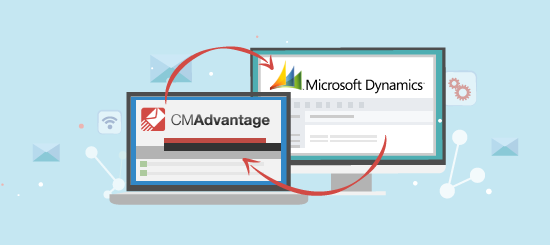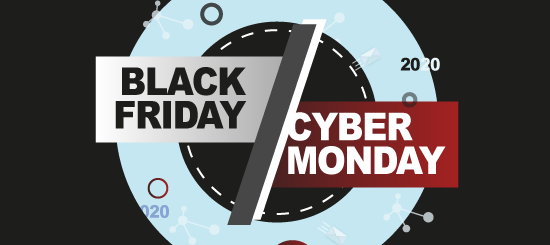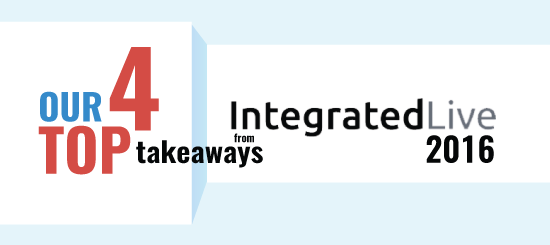This year Black Friday falls on 29th November and Cyber Monday on 2nd December. In this blog I’ve compiled some interesting facts and figures about this shopping frenzy, with tips on how to prepare and maximise your return.
Facts & Stats
- Black Friday originated in the USA.
- It is the day after Thanksgiving.
- The term originated in Philadelphia around 1961 and was used to describe the heavy and disruptive pedestrian and vehicle traffic that would occur on the day after Thanksgiving.
- A popular explanation became that this day represented the point in the year when retailers begin to turn a profit, thus going from being “in the red” to being “in the black”.
- A continuation of Black Friday, Cyber Monday is an online-only sale – hence the name.
- In 2017, U.S retailers managed a record $7.9 billion in online sales on Black Friday and Thanksgiving. This was an increase of 17.9% from the previous year.
- A whopping £1.4bn was spent on online sales in the UK on Black Friday in 2017 – up some 11.7% on last year, according to online retailer’s trade body IMRG.
- 25.1% of sales came from email marketing.
- In 2017, 40% of Black Friday sales took place using mobile phones. An increase of 11% in mobile transactions over 2016.
- According to online data specialist PCA Predict, UK online sales were up 3% between 11am and 5pm on Cyber Monday in 2017 compared to the previous year. It also said the peak minute for purchasing goods was towards the end of the working day at 4:38pm.
- The average person spends around $289.18 over Thanksgiving weekend.
- Black Friday was first implemented into the UK between 2010 and 2013, becoming official in 2014.
- In 2017, UK Households were expected to spend a total of £3bn during Black Friday sales.
- According to Argos, more than 2 million people visited their website in four hours after the launch of their Black Friday sales last year.
- In 2017, John Lewis reported its busiest ever single hour of website sales.
- Accordingly to Shopify, on Black Friday last year, order traffic steadily increased until hitting a 12 p.m. peak and during Cyber Monday, shoppers took a mid-evening break before peaking at 9 p.m.
- Lastly, Alibaba’s Singles Day, the annual shopping spree/telethon-like event led by China billionaire and BABA founder Jack Ma racked up another record-breaker this year with $30.8 billion in sales. That’s one day. That’s more than Black Friday and Cyber Monday combined, times two!
Top Tips For Marketing
- Ensure your email campaigns are mobile responsive and not too complex. You don’t want to compromise a purchase with an unnecessarily long, loading time.
- Ensure your CTA’s (calls to action) are clear and prominent.
- Use the split testing feature if you can’t decide on a subject line. Campaignmaster’s CMAdvantage split testing feature makes this a doddle and will automatically deploy the most successful campaign for you.
- Don’t overlook your pre-header text! In a crowded inbox, use this feature to ensure your recipient opens your email.
- Black Friday and Cyber Monday don’t have to apply only to B2C. You can use this time to promote your professional services with additional savings during a specific time frame.
- If you have the consent, send an SMS to promote your sale start and finish times.
- Make sure you select the right timings to promote your Black Friday deals. Research shows that during Black Friday traffic increased at 12pm.
- It’s the perfect time to promote additional savings via coupons or voucher codes for loyal customers.
- Social media volumes increase during this busy selling period so make sure to use the right hashtags.
- Use countdown timers to build up a sense of urgency and excitement!
- Ensure you promote free shipping, if you provide this service. This is a great incentive if your competitor doesn’t.









